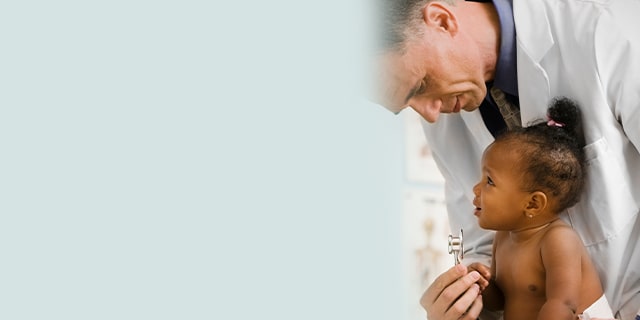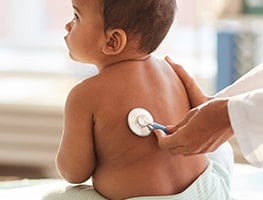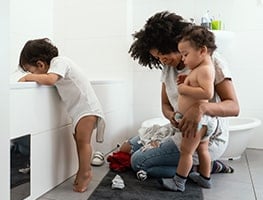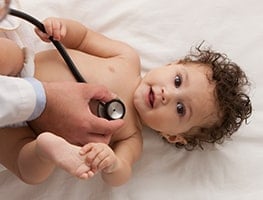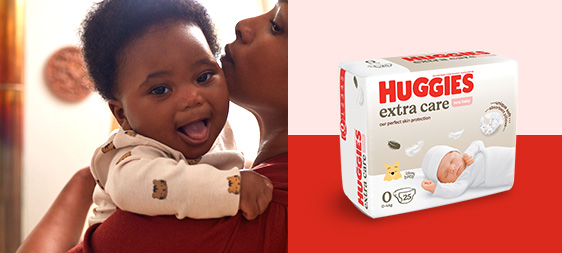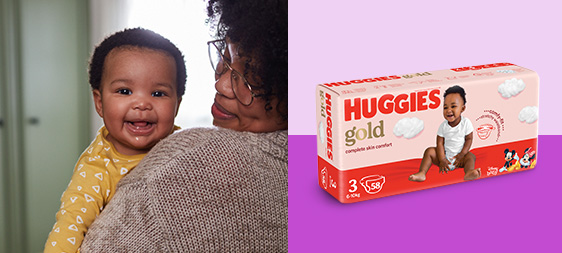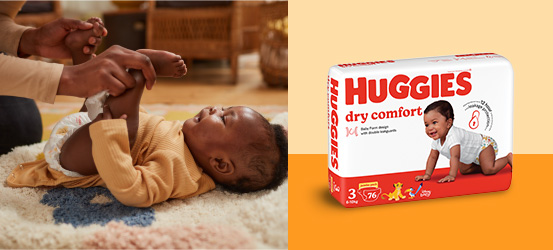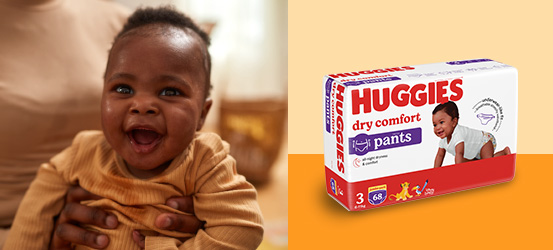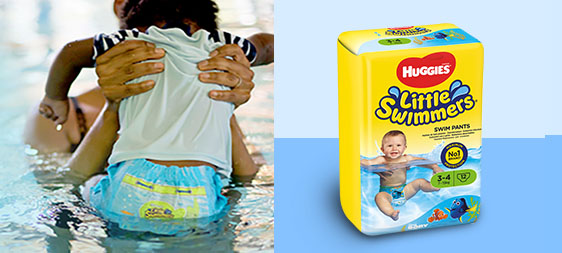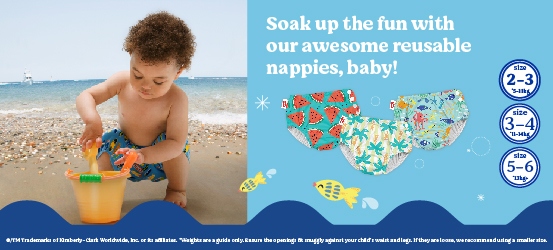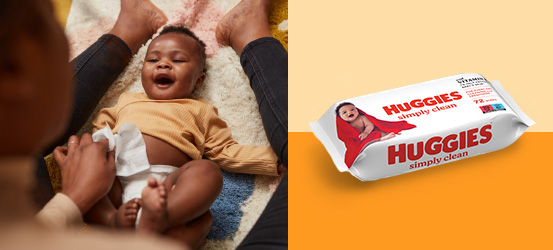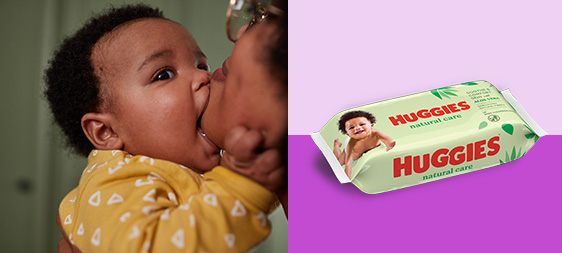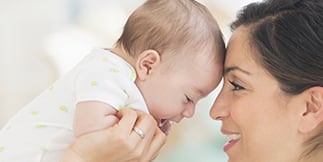Thrush is a condition that is familiar to many women. Even for those who’ve never had it, they’re almost sure to have heard of it. Thrush is more common during pregnancy, during bouts of illness, or after taking a course of antibiotics.
Thrush is what is known as an opportunistic infection e.g. it appears more frequently when the body is run down. But it can come as a surprise to learn that babies too can develop thrush and that it’s not an infection restricted only to adults. The same yeast organisms that cause thrush in mothers are responsible for baby thrush. In fact, many health professionals believe that babies are initially exposed to thrush when they are born, particularly if they were born vaginally and their mother has a history of having had vaginal thrush.
What is thrush?
Thrush is an infection caused by a one-celled yeast organism called Candida Albicans. This normally lives on the skin, the gut and mucous membranes, where its numbers are kept under control by healthy or “good” bacteria. Normally we aren’t aware of Candida’s presence until something triggers its numbers into overdrive and the organism grows and multiples. Then a thrush infection develops and it becomes pretty obvious that it’s around.
Anyone of any age can develop a thrush infection, from the very young to the very old; the well or the sick. Thrush can be restricted to the skin or be concentrated in the mouth, vagina or bowel. People that have compromised immunity are at greater risk of developing a thrush infection and for it to be more difficult to clear.
When does thrush develop?
Thrush can just appear one day, without sign or forewarning. There are some predisposing factors that increase its likelihood, such as diabetes or taking antibiotics, but in the majority of babies and young children, it just occurs.
Some adults find that if their diet is high in sugar and refined carbohydrates, such as bread and yeast products, they are more prone to getting thrush.
If a mother has thrush on her nipples or in her milk ducts and she is breastfeeding, then thrush is easily transmitted to her baby during feeds. Thrush thrives in warm, moist environments, which is why it is more common in the mouth and nappy area.
What does thrush look like?
Thrush in the mouth:
White patches or curds on the tongue, roof of the mouth and inner cheeks. These can easily be mistaken for milk residue. If you are unsure, use a clean cotton bud to try and wipe the milk away; if it is still there it may be thrush.
Fussing with feeds
Not wanting to latch on as quickly to the breast or the bottle teat
Quickly clears once anti-fungal agents are given
Oral thrush often starts without any warning
Thrush in the nappy area:
Red spots around the anus and surrounding skin. These can be in little satellites or clusters and look like pimples.
A very red, sometimes shiny rash in the creases of the skin in the nappy area
A quick flaring up of the rash, often between nappy changes
Restlessness and irritability, especially when the nappy is wet or dirty
Redness subsides quickly when creams with an anti-fungal agent are used. If only using a barrier cream the redness and rash don’t improve.
Often appears a few days after oral thrush has been seen
Treatment for oral thrush:
Drops or gel that contains an anti-fungal compound
The general advice from prescribers is to continue using the creams or drops until all signs of oral thrush or the rash have cleared.
Treatment for nappy thrush:
Creams or ointments that are applied 2-3 times a day at nappy changes. Once the skin is clean and dry, a smear of the cream/ointment over the rash is recommended.
It can be useful to apply a barrier cream, as well as a specific thrush cream, during episodes of thrush.
What’s important to know about thrush treatments:
You cannot use adult thrush treatments for babies and children. Although the active ingredient may be the same, the concentrations vary.
You should not share thrush creams and ointments between individuals.
If your baby has thrush in their mouth and nappy area, you will need to treat both areas at the same time.
What’s with my baby’s neck?
Thrush can also be present in the skin folds of the neck, especially in chubby babies and those who dribble or vomit frequently. When the skin and fat folds are separated there can be a shiny red appearance to the skin and there is often an odour as well. This is more common in summer and when the air is humid. Treatment for this type of thrush is the same as for nappy thrush.
It is important to keep the area clean and dry, change clothing frequently, avoid using plastic backed bibs, use a cream with a specific anti-fungal agent and watch for improvement.
Sometimes babies develop a bacterial skin infection at the same time and this requires a different cream and, occasionally, oral antibiotics as well.
What’s the good news about thrush?
It’s easily diagnosed and it’s pretty clear what it is. If you’re in any doubt, check with your child health nurse, GP or pharmacist. There is no medical testing or diagnostic kits required – thrush is diagnosed by how it looks and presents.
Most thrush treatments are readily available and can be bought over the counter at pharmaciesAlthough the symptoms of thrush can be irritating – mostly itchiness, redness and increased sensitivity – thrush cannot hurt you or your baby. When a thrush infection is restricted to the skin or the mouth it is not considered dangerous. Thrush can cause little ones to become unsettled and grizzly, especially if they have thrush in their nappy area. When they wee or poo, the acid and bile salts can aggravate their skin and cause them to be unhappy. This is why frequent nappy changing is an important part of the overall management of nappy thrush.
How is thrush in babies treated?
The first step towards treatment is accurate diagnosis. Once you’re clear that your baby does have thrush then treatment options are relatively straightforward and very effective:
Make sure you are very careful about your own hand-washing and hygiene practices.
Avoid kissing your baby on their mouth or sharing your saliva with each other.
Be mindful of other people’s handling of your baby and how they are sharing their germs. Blowing on your baby’s food to cool it, tasting their food or milk before offering it, putting your baby’s dummy or teat in their mouth are all risky behaviours.
Avoid using towels for hand drying if possible and instead use a paper towel once, then throw it away.
Consider using an anti-fungal rinse solution when doing your baby’s laundry; this can help to kill the fungal spores that lead to a thrush infection.
Change your baby’s towels, bed linen, bibs and clothing frequently. When washing, aim to dry their clothing etc. in the sun, rather than the clothes dryer.
If possible, dress your baby in loose fitting clothing, which allows for the air to circulate. Understandably, this is easier during the warmer months.
If you are breastfeeding, be aware that you may have thrush on your nipples or within your milk ducts. If your nipples are itchy, red, inflamed or your breasts are aching and sore (especially after you’ve fed) then speak with your child health nurse, GP or a lactation consultant. You may need to use an anti-fungal cream or ointment in conjunction with your baby’s treatment.
Make sure you change your breast pads frequently and wear a clean bra every day.
If you are bottle feeding, be very careful about bottle and feeding equipment hygiene. Use very hot water or the dishwasher to wash your baby’s bottles. Air dry, and don’t store and then reoffer milk, which has already been offered to your baby.
If your baby has oral thrush, then wash their toys every day in hot water and detergent. Rinse them well and place in the sun to dry.
Change your baby’s nappies frequently and dispose of them properly.
Avoid using alcohol-based wipes to clean your baby’s skin; low-perfumed, hypo-allergenic wipes are ideal and less irritating. You could also use cotton wool balls soaked in warm water at nappy changes.
Air your baby’s nappy area and let them kick freely without their nappy on for a short time each day.
Use good quality disposable nappies, which are more absorbent and keep the nappy area drier.
How long does it take to clear baby thrush?
Thrush symptoms usually respond to effective treatment within a few days of starting. This applies to both oral and skin treatments. If you’re finding that your baby is not improving, then check with your health care practitioner. There is a range of effective creams, ointments, gels and tablets, which target the Candida Albicans organism. Sometimes there is a better response to an alternative medication.
Remember
Thrush is not a sign of poor hygiene or that you are not caring well for your baby. It is a common condition, which generally responds very well to treatment. It is impossible to completely rid the body of Candida as it is always present. Supporting your baby’s healthy immune function and skin integrity will go a long way towards preventing a thrush infection.

